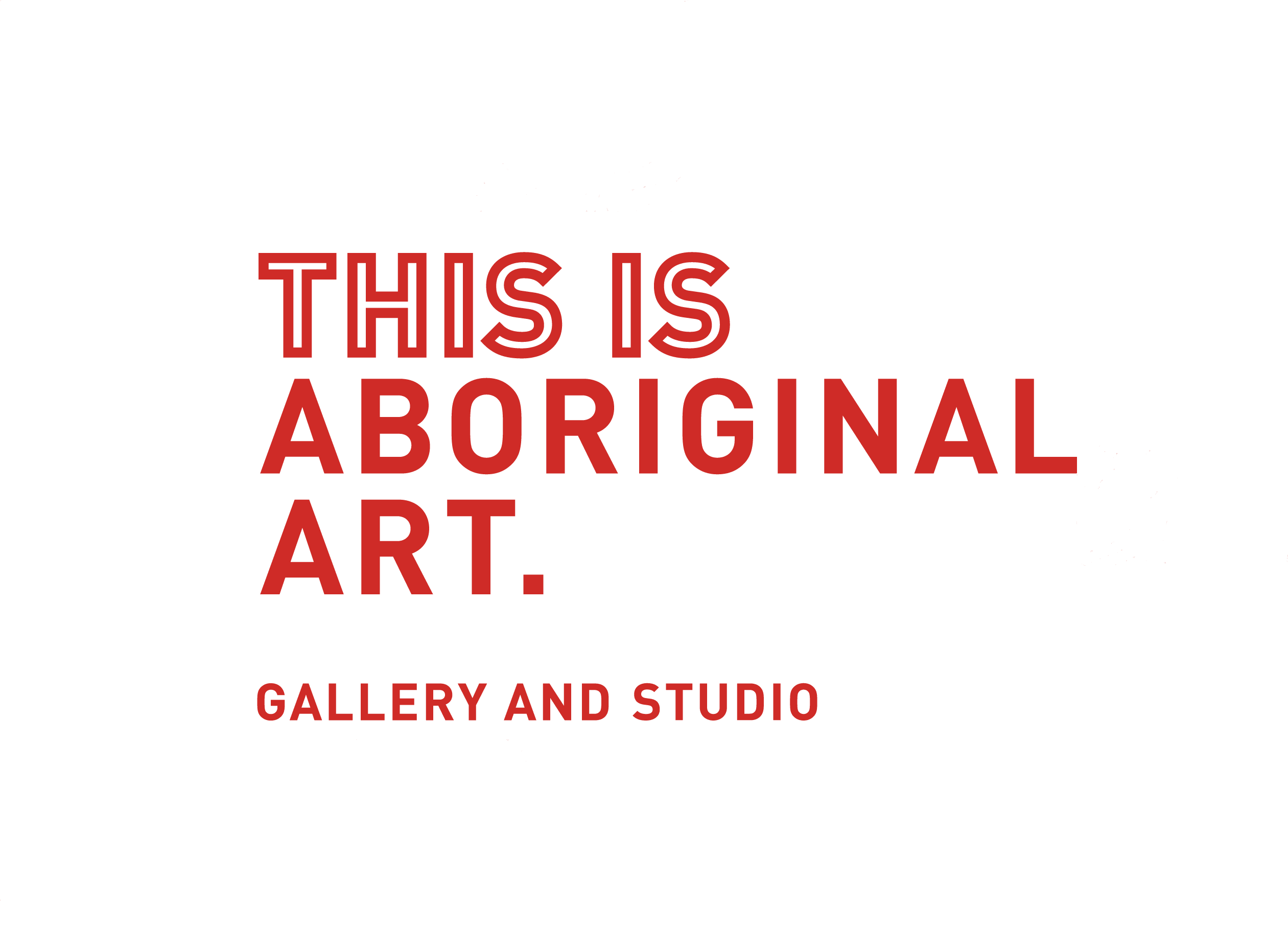Barbara Weir 1940-2023
LANGUAGE: ANMATYERRE / ALYAWARRE
REGION: atnwengerrp, utopia, n.t.
Barbara Weir was a prominent Aboriginal artist who had significant influence on the contemporary Indigenous art industry as we know it today. Barbara was born in the expansive Indigenous homelands region of Utopia in the Northern Territory, north-east of Mparntwe (Alice Springs). Her mother was the renowned Utopia artist Minnie Pwerle, and her father was a white stockman. Barbara was born into a family and region from which many great artists emerged, however, she spent many years with no contact with her family or her home. Barbara was a member of the ‘Stolen Generation’; a term referring to families affected by the forced abduction and relocation of Aboriginal and Torres Strait Islander children, as per government policies of “assimilation” that were enforced for decades.
Barbara lost contact with her family, and over the years forgot most of her mother tongue - but she was always determined to return to her country and her family. Barbara moved to the remote community of Papunya in the NT with her husband in 1969, unaware that they were about to witness the genesis of the contemporary Aboriginal art movement. It was from a chance conversation in Alice Springs that led Barbara to find her family. In 1977, Barbara returned to Utopia permanently with her three children. She reclaimed her Anmatyerre and Alyawarre languages, and went on to have three more children, giving all of them the opportunity to grow up on their ancestral homelands, learning the stories and lore of their country. Barbara became active in the land rights movements of this time, and played a major role in the successful land rights claim to the Utopian Pastoral Lease in 1975.
Barbara first became involved with the batiks, and like many of her family members, transitioned to painting on canvas from the 1980s onwards. Her artistic career began taking off in the early 1990s, and her work evolved over time, from figurative to abstract. She inherited several Dreaming stories - all associated with Awelye, women’s ceremony and women’s business – including Bush Berry, Grass Seed, Wild Flower, and My Mother’s Country.
Barbara is one of the most collected, travelled and published Indigenous artists since the genesis of the contemporary Aboriginal art movement. Her exhibition history is extensive, and she has been honoured by recognition in art awards, including being a finalist in the Telstra NATSIAA awards and the Paddington Art Prize. She mentored and supported her family members in navigating and developing their art careers, and she played a significant part in the evolution of the Aboriginal Art Association of Australia (AAAA) and was appointed patron in 2019.



